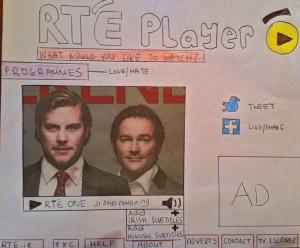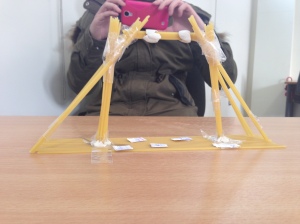After a 7 week break it’s back to studies! Allen began our lecture by giving us a brief insight into the history of global outsourcing illustrating the various benefits it had to offer. We were then instructed to read a case study on MAT. In our groups we formulated questions that had occurred to us throughout our reading of the case. The six questions were as follows
1) Cost of damage so far?
2) What are the security issues with external prov. ?
3) What cost comparison between external and internal?
4) What IT services are “business critical?”
5) Who owns/accesses our data “in the cloud?”?
6) Can and how to control external supplier?
Our group formulated the question “What was the cost of the damages so far?” Our thought process began by looking at the reams of bad luck that MAT had endured ranging from physical on site fire damage to bots infecting their mail servers on numerous occasions. We were curious as to how much financial damage they had endured up to this. We felt it important to take this point into consideration because if it is more cost effective to continue fixing these problems as they occur rather than switching to the cloud and risk the privacy of their data then why do it? We concluded that when weighing the benefits of switching to the cloud, financial benefits alone could not be taken into consideration. Intangible benefits such as control over your own data would have to be considered also.
Allen then delegated the task of each group answering another group’s question. Our group discussed the problem surrounding data in the cloud (question 5) It is an extremely ambiguous area and difficult to answer in a black and white manner. We began by discussing how relevant jurisdiction was to the question. The fact that laws regarding data can vary so drastically amongst countries meant that MAT, should they chose to switch to the cloud, would need to be well informed as to where their data would be stored/viewed and the correlating laws. Who would own/access the data? We talked about this a length discussing varying possibilities. Perhaps MAT could outsource some of their more monotonous tasks containing data that was not highly important and keep their more sensitive data tasks on site? The option of buying the rights to their most important data was also talked about.
We concluded our opinions with the following points. MAT should switch to the cloud. The on – site fire damage and critical network outages suggests an unsuitable location and poor connectivity and perhaps would require large scale infrastructural investment to rectify. Their continuous bot attacks suggest they have a poor security system and do not possess the appropriate security infrastructure. Moving to the cloud would enable highly sophisticated levels of security and would eliminate the location issue. However the question of data remains. It is a matter of trust and being well informed. MAT should be as informed as possible regarding data laws but also trusting that their provider will not use your data inappropriately, it would cause damage to both company’s reputation.





